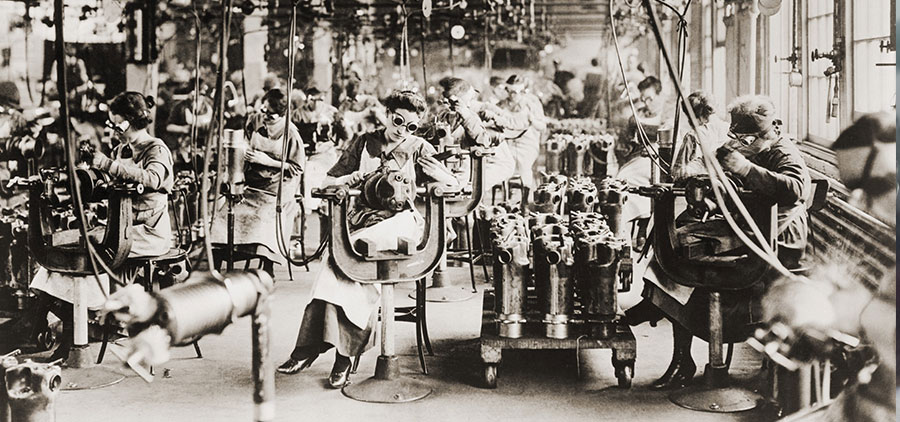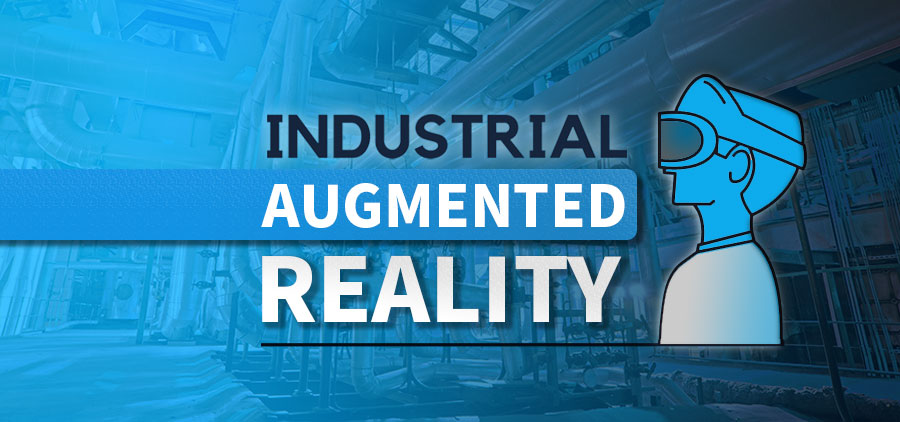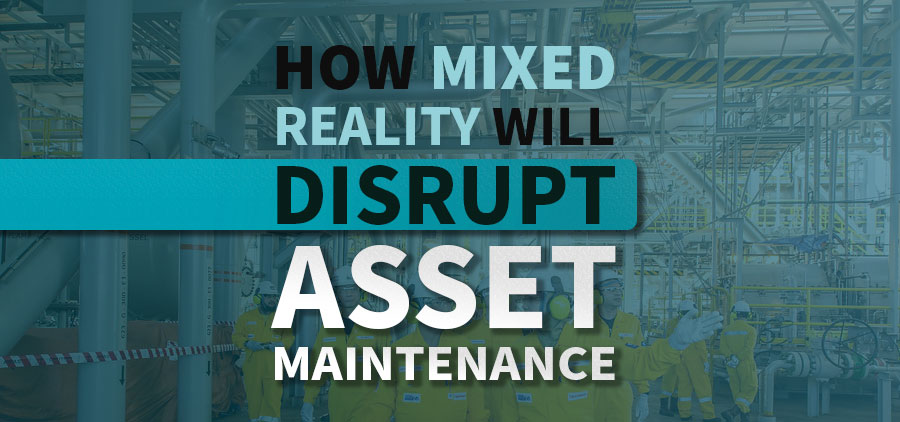Before we ask where to start, let’s ask this first…
“Why do Digital Transformation projects fail?”
According to McKinsey & Company, a survey of 1,800 executives found that 70-80% of their digital transformation efforts did not yield the outcomes that they had envisioned. This article from Forbes highlighted a few areas that contributed to this level of failure, but it boiled down to an analysis of behaviors within an organization, and the ongoing evaluation of those behaviors as measurements for progress.
In other words, much like the management of people, Digital Transformation is not simply a one-and-done project. It is a process, requiring iteration and evaluation over time.
How to get started with industrial augmented reality
Ok, so how do we avoid becoming one of the 70-80% of digital transformation efforts that fall short?
When conceptualizing any significant change to an industrial environment, such as the implementation of augmented reality, it is often helpful to look at it like a home renovation.
Just like your life, you can’t just shut down or move operations elsewhere, because nobody has a spare plant that they can move to when work needs to be done. Same goes for the house. Unless you actually have multiple homes. In that case, good for you.
So we have budget, time and space to consider
Seems simple enough to do a little bit each year then, right? Except there is a vast difference between “getting things done”, and truly transforming your environment. Without a cohesive vision and a plan to get there, with measurable landmarks along the way, you will end up somewhere between “failed pilot” and “science project”.
So we have a vision or a destination in mind, and we need waypoints or landmarks to get there. Sounds like we need a map, or as it is often referred to in the process industry, a roadmap.
The augmented reality transformation roadmap
The roadmap starts with casting a vision for the desired operational or business outcome. Let’s pose a hypothetical vision and the outcome that drives it.
The Vision: Enable operational use of Augmented Reality Glasses in the field, in parallel to a central control room. Increase the capabilities of maintenance personnel to utilize augmented reality for maintenance and training.
The Value: Flexibility of operators to address needs in the field has only increased, and finding skilled people to replace the aging workforce has been challenging. Training needs to be accelerated and digital tools need to be deployed to better transition “tribal knowledge” from more experienced engineers to the next generation coming into the industry.
Hiring skilled workers has never been more difficult as the demand for people has been rapidly outpacing the supply. Naturally, employers will seek out younger and less experienced engineers, often fresh out of college. Organizations need to consider the opportunity cost for fresh engineers on the path to proficiency, as cited in this article. An employee of any business can require anywhere from 8 to 26 weeks (or more) to begin generating value.
Building Value
Until an engineer can start generating a return, they are effectively costing the organization money through salary and benefits. The ability to train them quickly, to a high level of proficiency, is critical to maximizing the capabilities of an industrial environment. Augmented reality allows them to be trained in a technically intuitive way, maximizing the ability to bring theory and physical reality together. Imagine the return on investment to be gained by maximizing utilization of your teams through a compressed timeline!
For a more in-depth look at the ways Augmented Reality Glasses will help bridge the generational gap, have a look at this article on workforce development.
Infrastructure
The roadmap will need to incorporate a series of infrastructure investments, which can include any of the following elements:
- Robust industrial wireless infrastructure
- Updated physical network for wireless access points
- This can include fiber network runs to increase the bandwidth of the network, modernization of the entire switch infrastructure, etc.
- Connecting to the control system
- Integration tools that connect directly to various DCS/PLC vendors
- Third-party integrations through OPC
- Connections to cloud architectures like Azure or Amazon Web Services (AWS)
- Cyber security considerations to ensure that the system is protected
- Integration of physical assets into the AR infrastructure
- RFID to identify assets in the field
- Geolocation of assets and equipment
- Mapping of roadways and physical access
These infrastructure investments may seem like a lot by themselves, but in reality the bulk of industrial facilities are actually on the cusp of making these investments, if not already part of the way through them.
Physical and Wireless Networks
Many control system modernizations are already calling for upgraded fiber and copper connections, wireless networks for control, monitoring and analytics.
Industrial Cyber Security
This is no longer a “nice to have”, but an essential part of enterprise operational integrity. These investments are already in place. You can brush up on some of the basics of industrial cyber security here.
Control System Integration
With the continuing push for digital transformation in other areas like machine learning and advanced analytics, efforts are already underway to integrate systems and make connections that allow for the enhanced flow of data and insights that will lead to action.
Augmented Reality can effectively piggyback on investments that are already being made into many industrial settings. As industrial facilities invest in increasing the reach of their augmented reality capabilities, integration of physical assets and geolocation will happen at the same time.
How do we select the best augmented reality platform?
Knowing who to partner with is critical. And while the technology features, advantages and benefits are always key decision criteria, you will also want to consider the team you are partnering with.
- Are they going to understand your operations and desired business outcomes?
- Can they articulate a vision and a value proposition that aligns with yours? Or better yet, can they help you define it even more clearly?
- How easily will they integrate with systems that are already in place?
- How easily does their solution scale in order to accommodate annual changes to their budgets?
- Most importantly, do they make it so that working with them is a breeze?
That last point is crucial, because regardless of the technology, at the end of the day this business is about people.
Speaking of people…
We know the infrastructure required, the value that this will bring to the plant, and have a sense of the end goal. Now we simply plan out the various units over several years, and then we are good, right?
Except the single element that can determine the relative success or failure is the most unpredictable one…
The Human Element
You can deploy the most sophisticated technology, the most well articulated and detailed plan, touch points to address the inevitable changes in scope over the life of the project and enough money to accomplish it all.
However, if your teams do not feel “bought-in”, and do not feel like stakeholders in the effort, it will never reach its full potential. The leadership of any plant needs to carry a cohesive message forward to their teams, ensuring that they are a part of the process, and ultimately, a part of the success.






